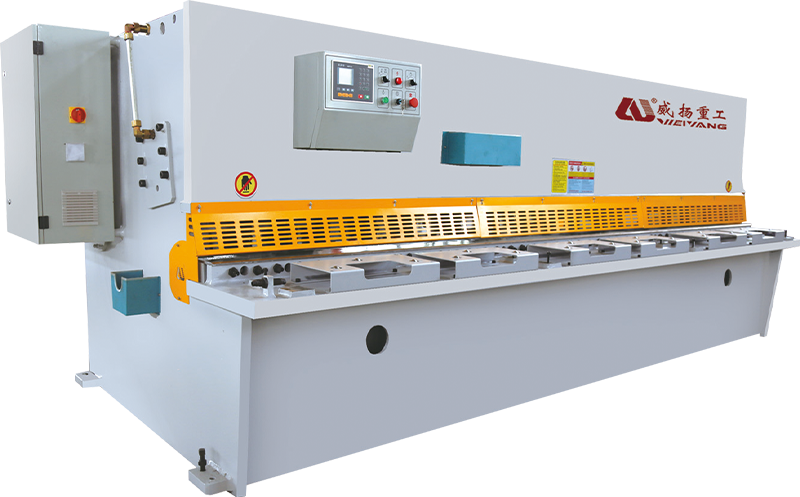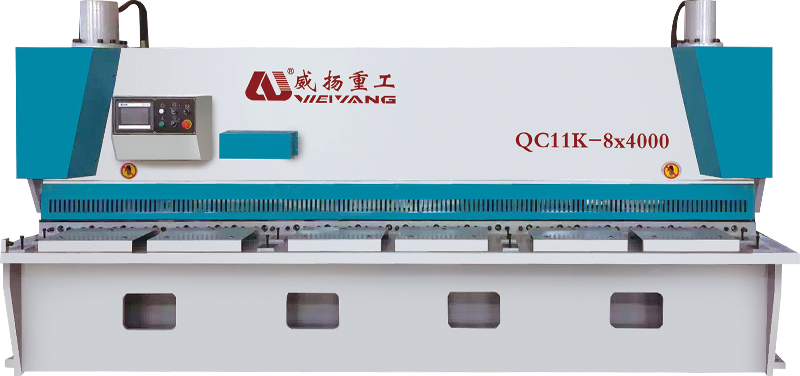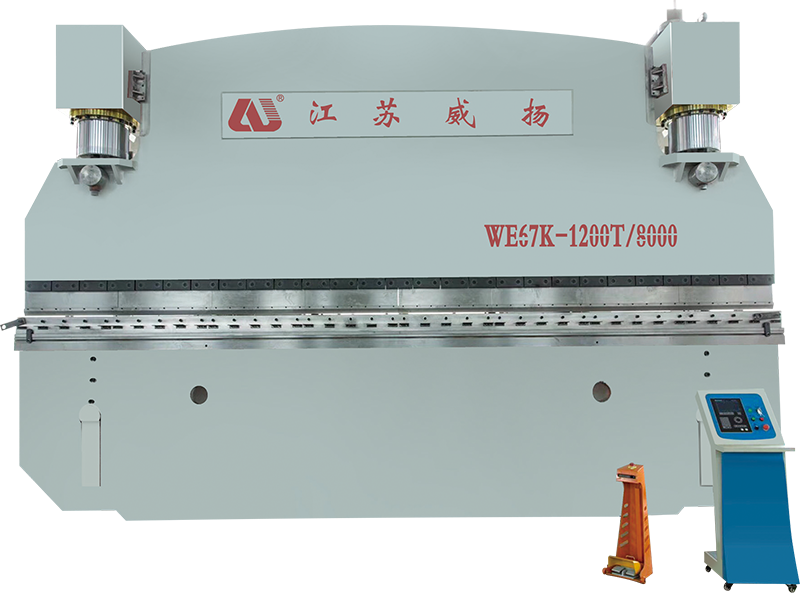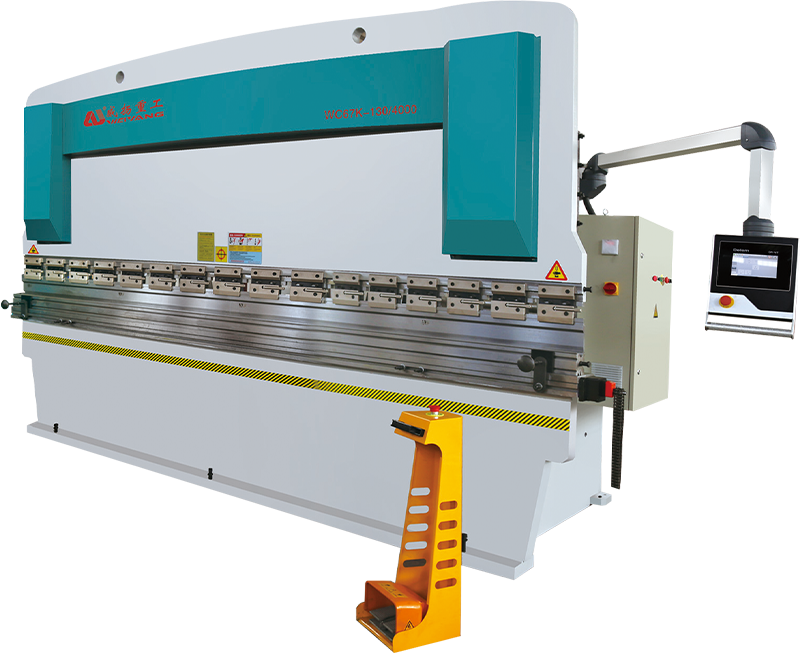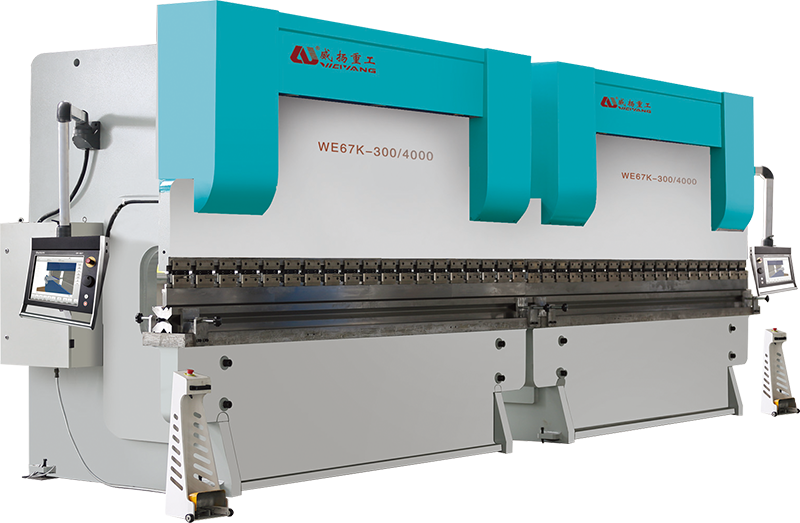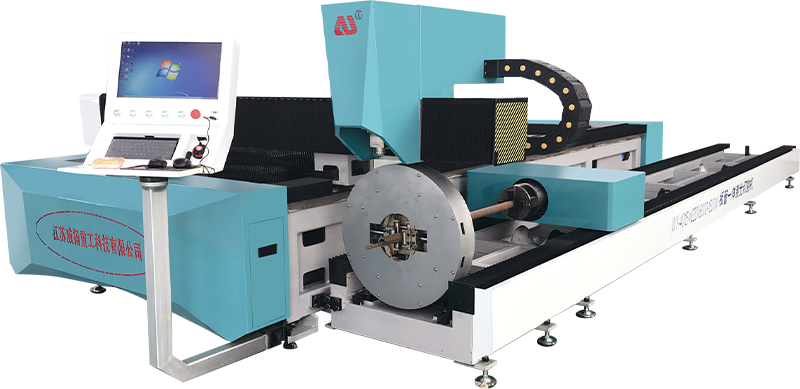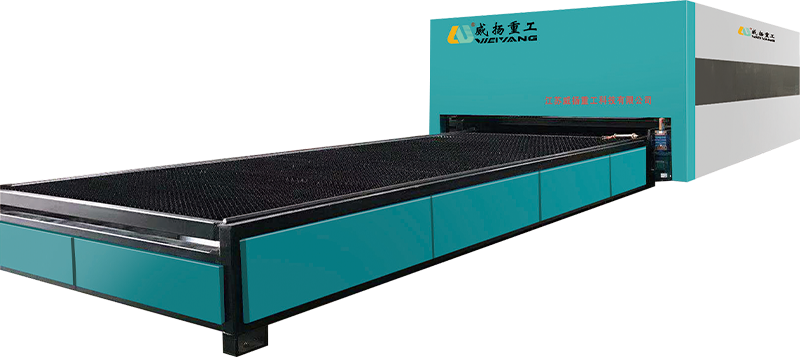How does the CNC Stamping Machine handle vibration and noise reduction during high-speed operations?
The CNC Stamping Machine is engineered with a monolithic cast iron or reinforced steel frame designed specifically to suppress vibratory responses during high-speed stamping cycles. The dense molecular structure of cast iron combined with optimized ribbing and gusset reinforcements ensures high natural frequency, which minimizes resonance. In premium models, epoxy mineral composites or vibration-damping polymers are injected into hollow cavities within the frame structure to actively absorb kinetic energy generated during operation, significantly lowering the amplitude of structural vibrations and preventing fatigue cracking in long-term use.
Key dynamic elements such as flywheels, eccentrics, and crankshafts are subjected to multi-plane dynamic balancing using high-precision balancing machines during manufacturing. These components rotate at high speeds, and even a minor mass offset can produce a strong centrifugal force that induces lateral vibration. Counterweights are added at calculated positions to eliminate any imbalance. Critical areas like connecting rod journals and slide shoes are machined to micrometer-level tolerances to maintain uniform motion and avoid introducing secondary oscillations into the stamping cycle.
Instead of traditional clutch-and-flywheel setups, advanced CNC Stamping Machines utilize direct-drive servo motors or inverter-driven AC motors with vector control algorithms. These motor systems allow for fine-tuned acceleration/deceleration profiles, which eliminate sudden jolts and torque spikes associated with mechanical drive engagement. The real-time adaptive control minimizes torsional ripple and keeps machine velocity stable under varying load conditions. This drastically reduces both acoustic noise and torsional-induced vibrations in fast-stroking cycles exceeding 1000 SPM (strokes per minute).
The base of the CNC Stamping Machine is fitted with elastomeric isolation pads, air spring isolators, or oil-damped hydraulic mounts designed to interrupt the transmission of machine-generated vibrations to the surrounding floor structure. These isolation systems are selected based on the machine’s operating frequency and mass to ensure maximum transmissibility reduction. In high-tonnage installations, seismic anchor bolts combined with grouted leveling chocks are used to ensure both stability and vibration decoupling. Optional shock-absorbing bumpers installed on the slide return path further dampen mechanical noise from bottom dead center rebound.
The slide mechanism—one of the largest vibration sources—is stabilized using high-precision linear guides or hydrostatic slideways with minimal clearance and ultra-low friction coefficients. These systems suppress lateral and vertical backlash, which would otherwise cause slap noise and repetitive impact vibration at high speeds. The application of anti-vibration coatings on guideway surfaces and the use of rolling or fluid-film damping principles allow the slide to glide with controlled velocity profiles, eliminating stick-slip effects during reversing motions.
Modern CNC Stamping Machines feature fully enclosed frames that double as both safety protection and acoustic containment. Guard panels are constructed from multi-layer composites with outer steel, inner viscoelastic polymer, and intermediate acoustic foam to absorb and dissipate noise waves generated during stamping. Critical regions such as the die area and flywheel compartment are lined with noise baffles or rubberized acoustic curtains.





